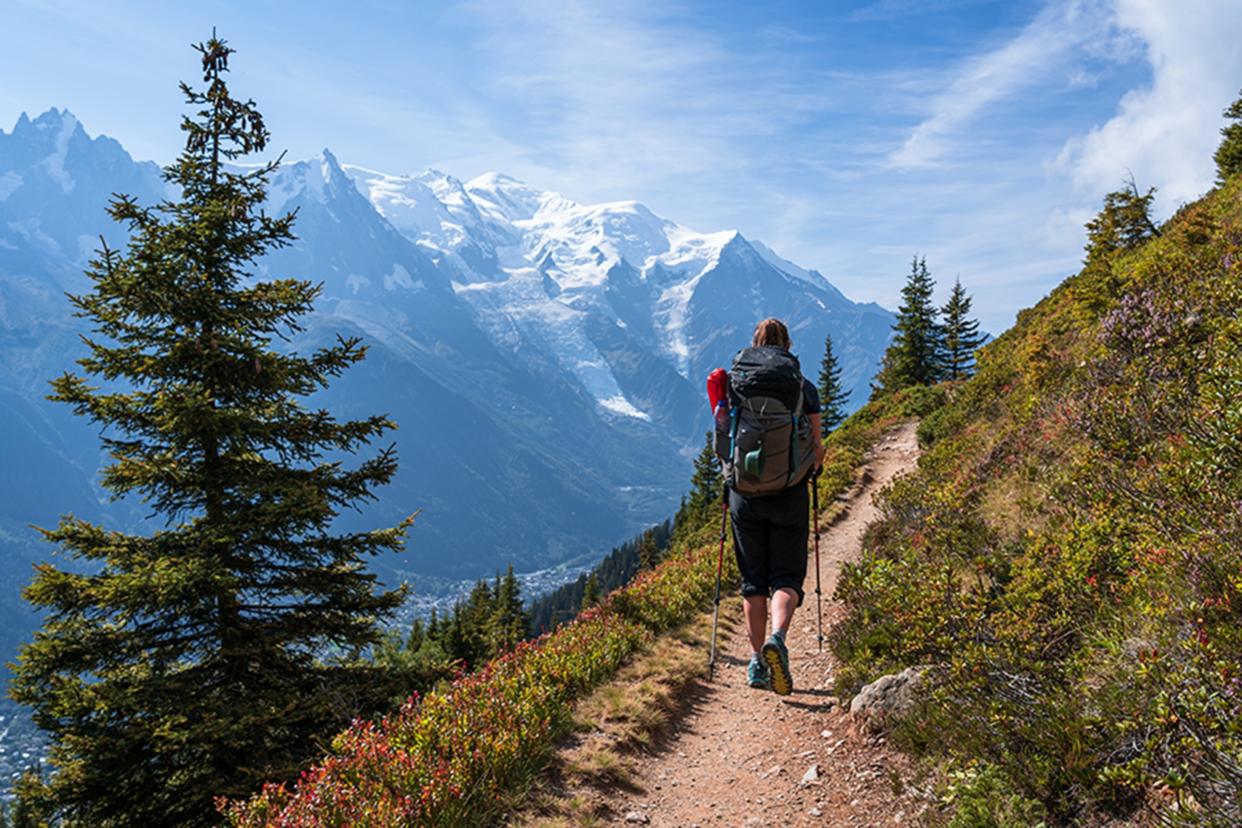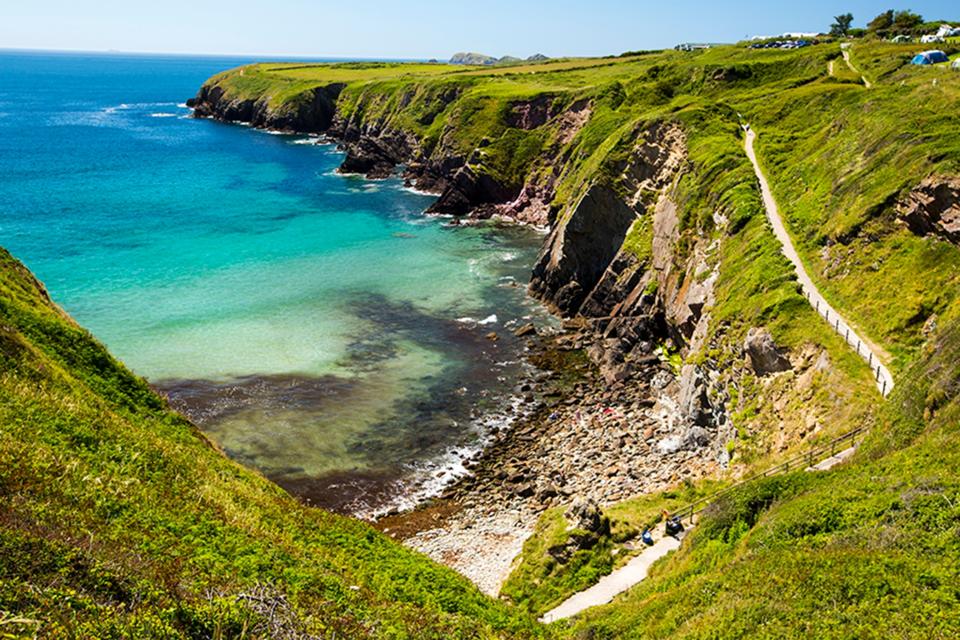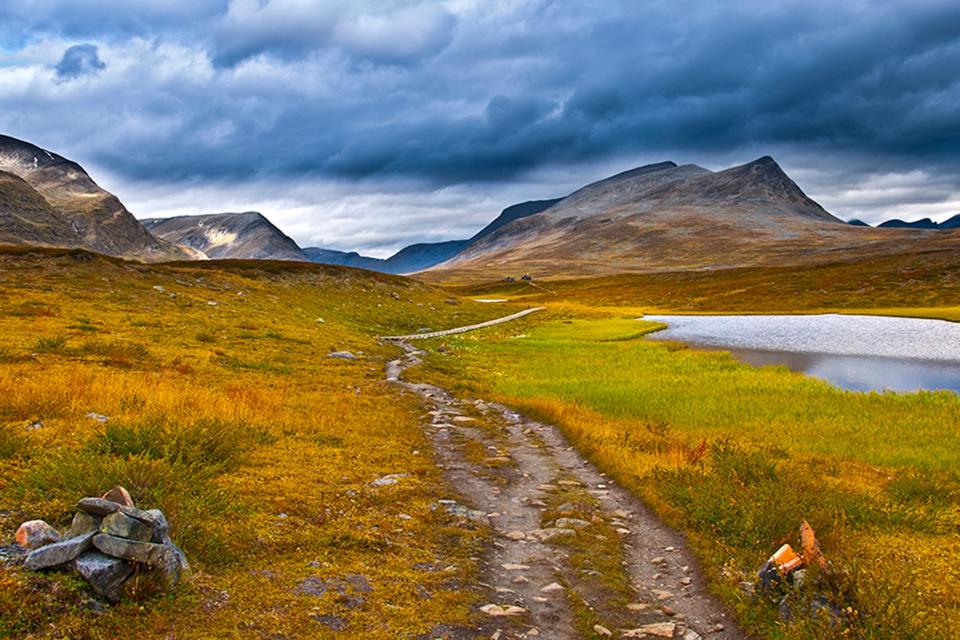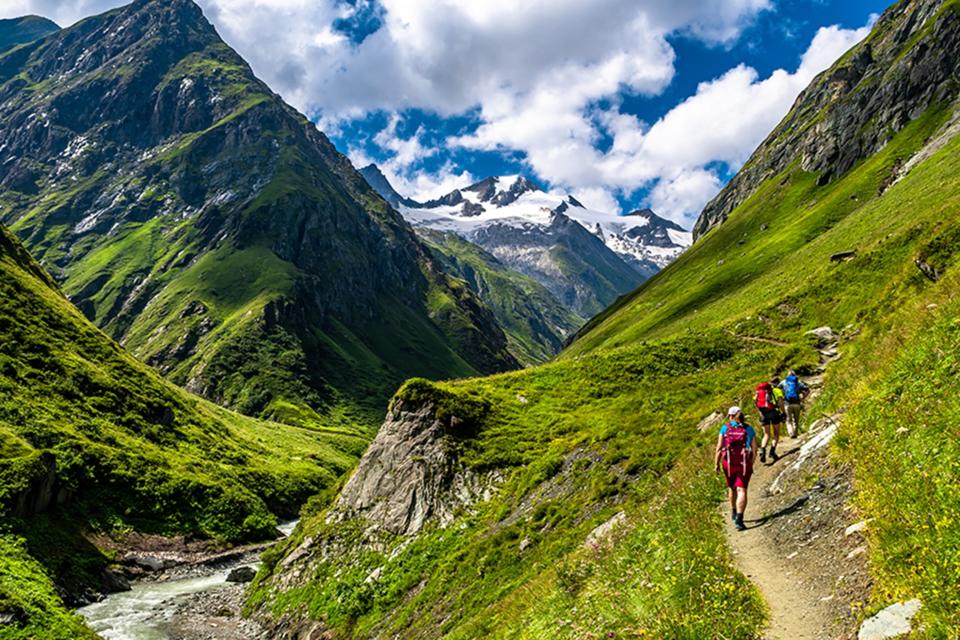6 of the best hiking trails in Europe for summer

This article was produced by National Geographic Traveller (UK).
It’s 124 years since Europe’s first long-distance footpath was opened, and the continent’s network of waymarked trails has been growing ever since. There’s a length of path and a level of difficulty to suit you — and if you need more convincing, you can usually sample a single stage of the longer trails, too. With a few exceptions, you can dip in and out of almost every route for a single day’s hike.
There’s one key caveat, however — if you’re planning to walk in high summer, steer clear of Southern Europe, due to its scorching heat. That’s why, for this guide, we’ve aimed high, or focused on the north.
1. Hadrian’s Wall Path, England
Hadrian’s Wall is, by some distance, Britain’s finest Roman monument and the only way to understand just how iron-willed an achievement it was, you have to sweat and toil over the same hills and crags as the Roman emperor’s legionaries would have done. This 84-mile footpath shadows its entire length.
You might want to skip the Newcastle section at the start to avoid a lengthy urban detour, but even so the walk will take six or seven days, especially if you have a break in the middle to see the world class archaeology at Vindolanda.
Bowness on Solway is the best place to finish. The site of the wall’s westernmost fortress, these days it’s a tranquil spot — and you may find yourself sharing the beach next door with a herd of cows that like sitting on its sands. It’s likely the local cattle were doing exactly the same thing 1,900 years ago when the wall was first built.
2. The Pembrokeshire Coast Path, Wales
Pembrokeshire’s 186-mile seaside hike offers the same mix of cliff tops, yawning beaches and secret coves that you’ll find on England’s famous 630-mile South West Coast Path. But it’s not as busy in summer, the food and lodgings are cheaper and it’s not nearly as daunting an undertaking.

Most memorable of all is the wildlife, which is often easy to spot from the path. Pods of dolphins off Strumble Head, puffins and manx sheerwater on Skomer and Skokholm, the first seal pups in August — spend a couple of weeks walking the route’s full length, and you’ll come home with a keen sense of just how vibrant Britain’s coastline can be.
3. The Tour du Mont Blanc, France
Yes, it’s high. At 15,766ft Mont Blanc is western Europe’s tallest mountain. But what really strikes you, the first time you clap eyes on it, is its breadth. Walking around it on this 103-mile route only reinforces that impression. The Tour du Mont Blanc unveils all manner of mind-blowing landscapes, but from every angle this vast lump of rock is the dominating presence. At a measured pace and with a couple of rest days, it’ll take nearly two weeks to get round it.
However, the route is conveniently divided into 11 sections, which can all be hiked in a day, plus public transport and cable-cars can also be used to skip certain sections for a shorter hiking adventure.
Not surprisingly, it’s a popular walk — and the mountain huts along the way book up months in advance. So if you’re planning to hike it at short notice, sign up to the Hiking Club app for help finding off-route accommodation (€79/£67, thehiking.club) or join a guided group, organised by a tour operator such as Exodus. As a bonus you’ll also get a ready-made group of companions to keep the conversation flowing en route.
4. The Kungsleden, Sweden
If you’re used to the landscapes of Western Europe, Swedish Lapland comes as something of shock. Instead of all the usual villages, towns and farmhouses, there’s … nothing. Nothing but dwarf birch trees and rocky, dome-topped mountains. It’s an eerie and deeply exciting environment, begging to be explored.

It’s into this emptiness that the Kungsleden (King’s Trail) will lead you. The 290-mile route winds over the passes and through the valleys of the Scandinavian Mountains and will take most hikers a month to complete — walking from hut to hut or camping. It’s easy, though, to bite off a shorter, one-week, section at the northern end, from Abisko to Kebnekaise, and then divert to Nikkaluokta.
Make sure to take lots of bug spray. When the wind drops, the midges and mozzies come looking for a feed.
5. Kaiserkrone, Austria
Many of the most popular Alpine hikes are high-altitude undertakings — in magnificent, but treeless landscapes where the thin air will have you gasping for the first couple of days. The Kaiserkrone is a little more easy-going.

Circling the saw-toothed Wilder Kaiser massif, it’s not short of scenery. As you walk its five stages — totalling 36 miles — you’ll dip in and out of fragrant pine forests and cross Alpine meadows. And even though there’s plenty of up and down, the highest altitude you’ll reach is 5,940ft. In other words, it’s a lush green introduction to the Alps, while still being a proper walk. There’s a memorable range of accommodation on offer, too — from the mid-mountain Gruttenhütte, gazing south from its spectacular perch, down to the Gasthof Griesenau in the Kaiserbach Valley, with its balconies bedecked with flowers.
6. Fjordruta, Norway
The ‘fjord route’ begins at Ksristiansund Airport, 200 miles north of Bergen. You walk from the airport terminal to the Seivika Ferry pier, catch a boat to Tømmervåg — and then you’re off, on a 100-mile horseshoe trail to Halsa, circumnavigating the long and magnificent Vinjefjorden.
En route, its 13 self-serviced, fully furnished huts feel breathtakingly remote — you buy a key in advance at turist@c2i.net, and pay for your food on a system of trust. Meanwhile, the wild fjordland scenery evolves from watery to mountainous and back again — and although the path is comprehensively waymarked (so you can follow it even in fog) it’s undeniably rugged. Up here, you’re a long way from the tourist hotspots such as the Troll’s Tongue.
To subscribe to National Geographic Traveller (UK) magazine click here. (Available in select countries only).

